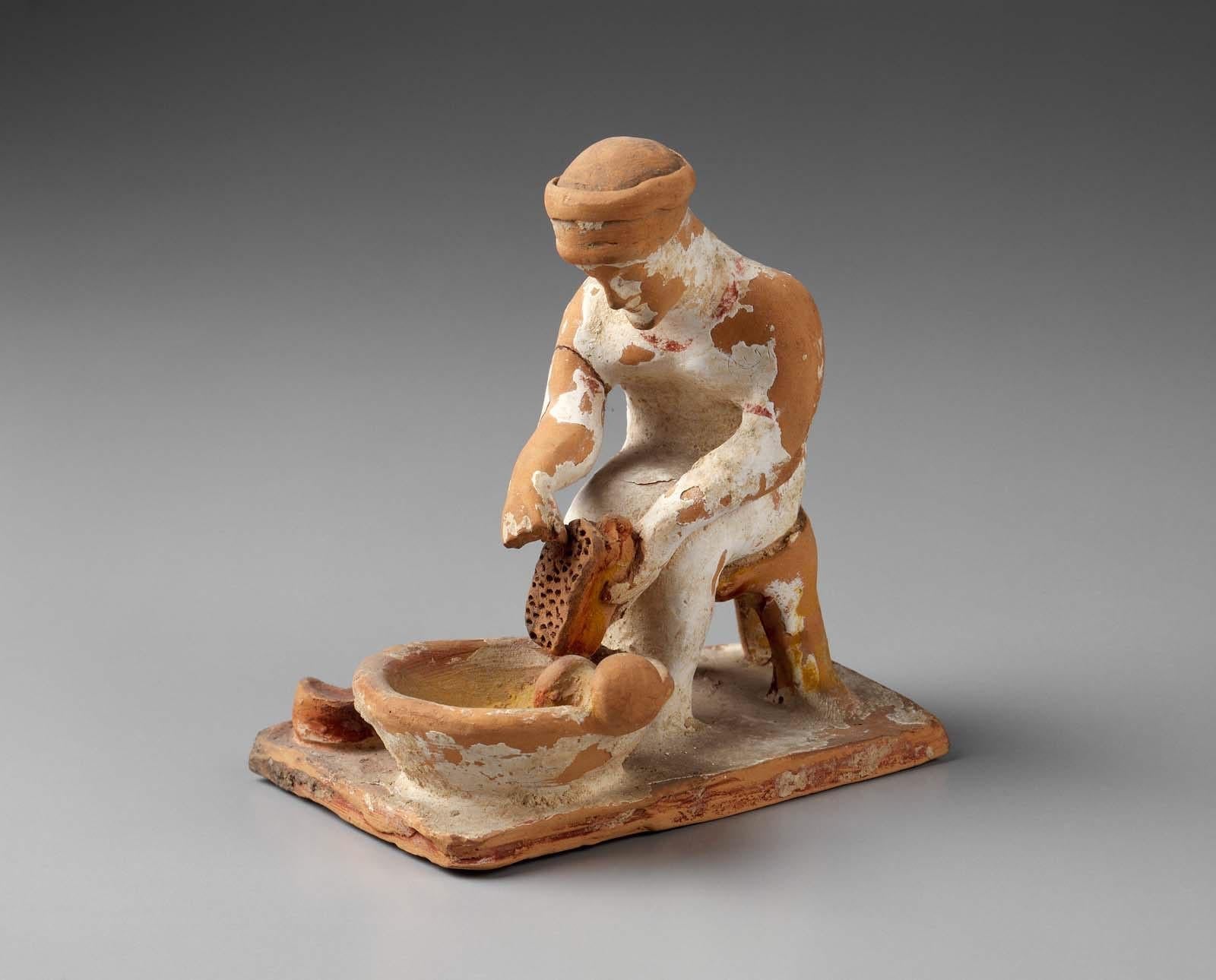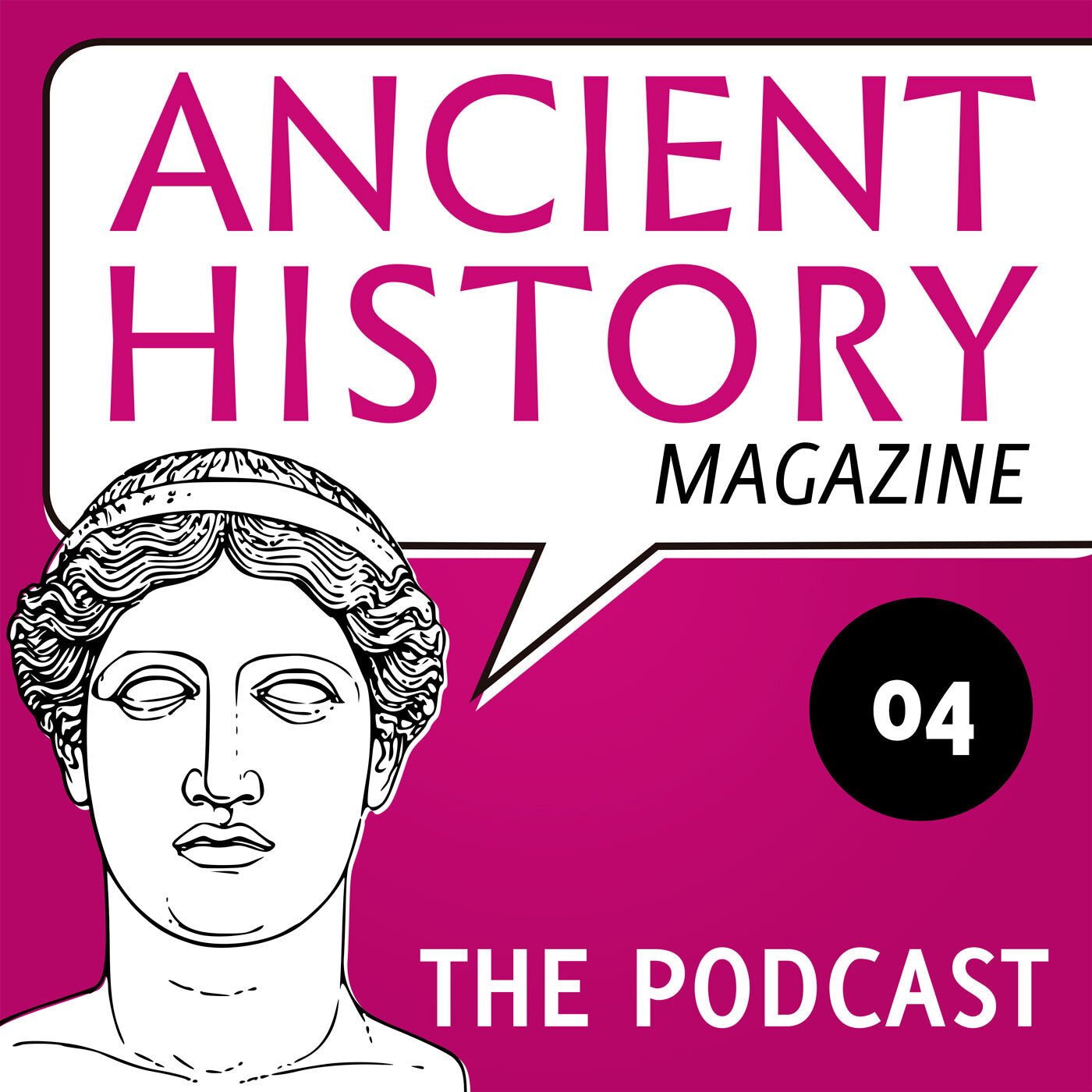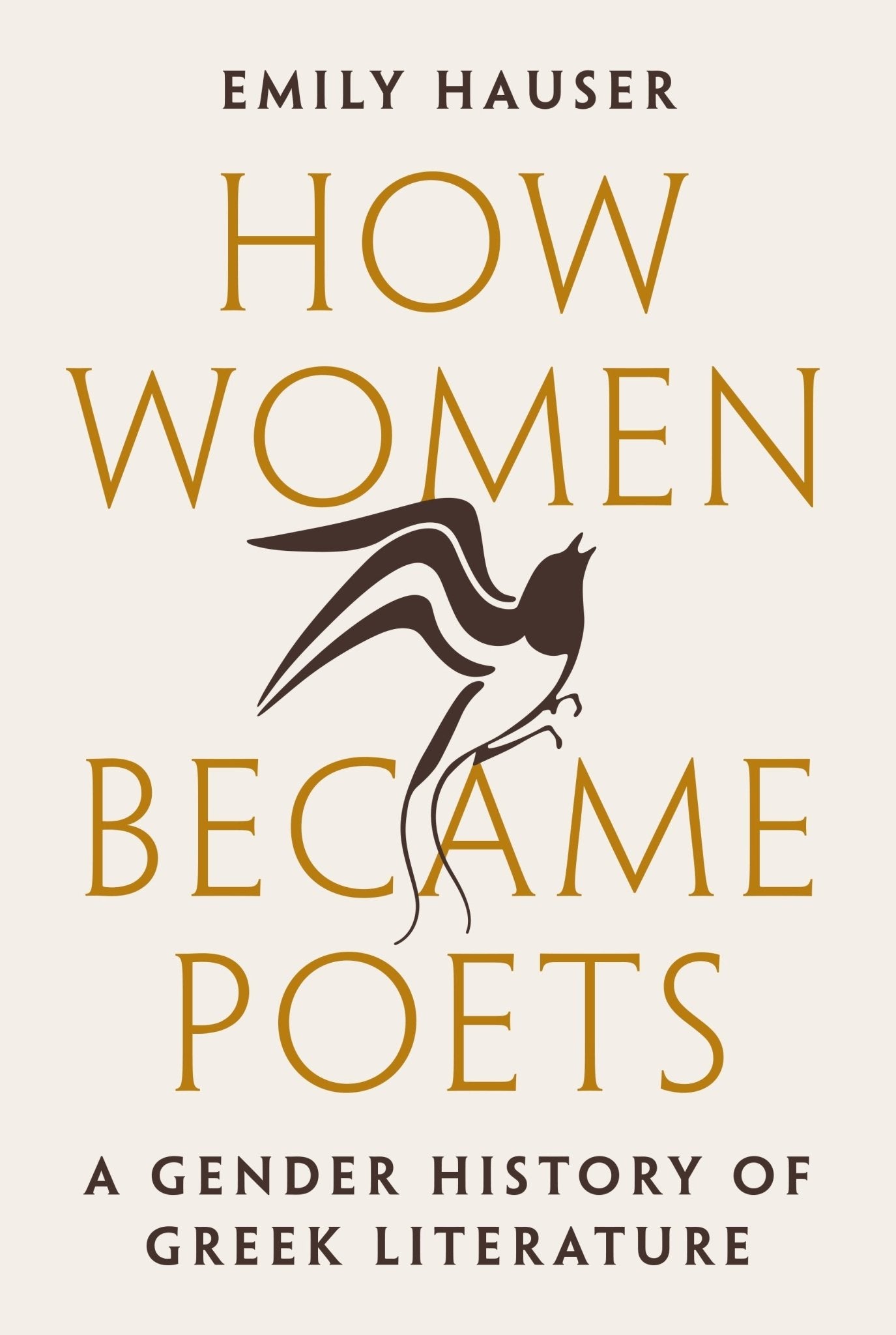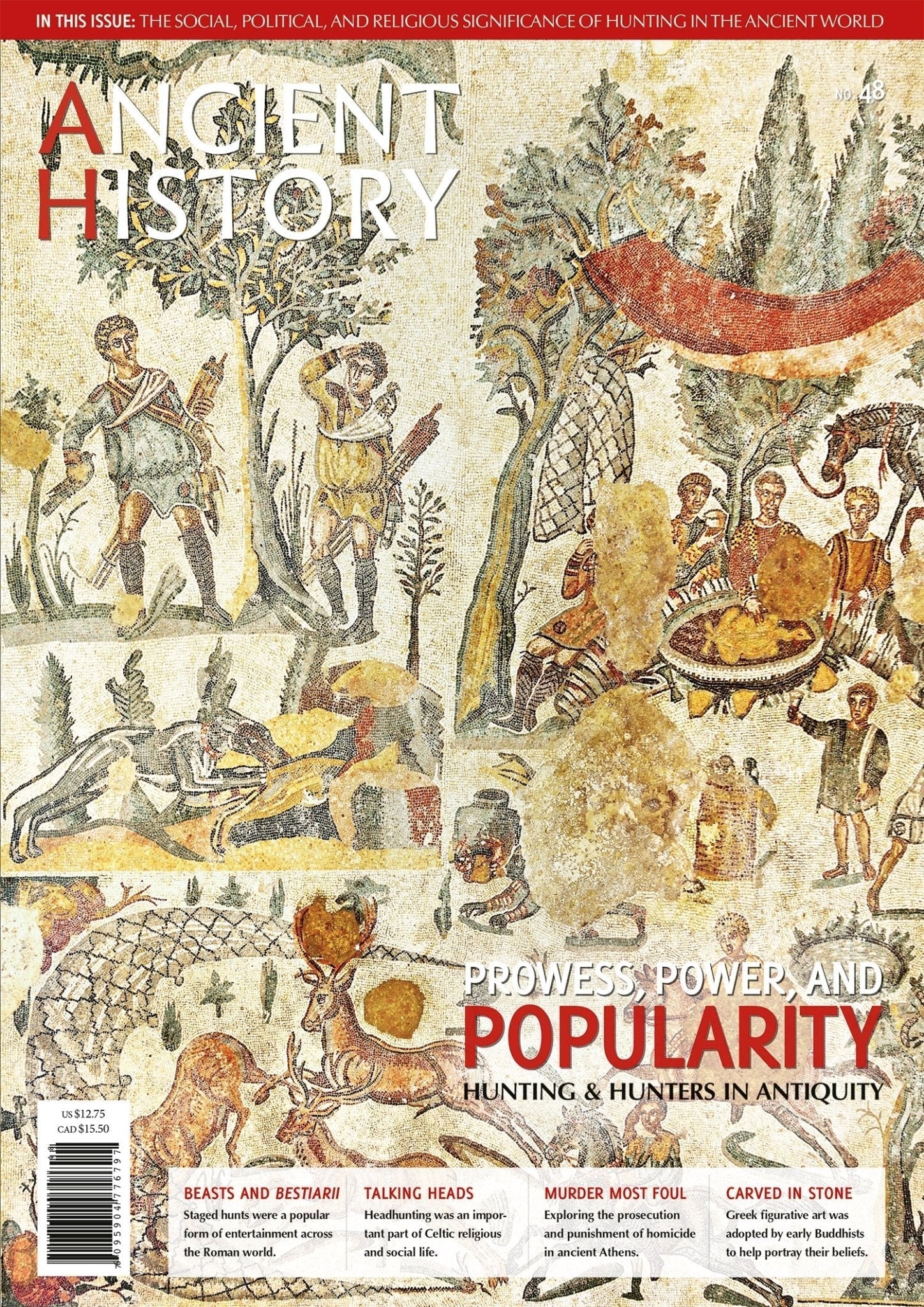Paestum – City of Goddesses (Exhibit Review)
By Lauren van Zoonen
Around 600 BC, some inhabitants of the Greek colony of Sybaris (on Greek colonization, see AH 38), located on the Gulf of Taranto in modern Calabria, left their city and settled in Campania where they founded the city of Poseidonia. Some 200 years later, the city switched hands and was controlled by the Lucanians, and later still, it underwent a metamorphosis with the Romanization of the city which was then given the Latin name ‘Paestum’. Throughout the history of Paestum, one thing remained constant, namely the veneration of goddesses; a common thread of the exhibition Paestum - City of Goddesses at the Rijksmuseum van Oudheden (National Museum of Antiquities, hereafter RMO) in Leiden, the Netherlands.
Poseidonia: a home away from home
In a tranquil setting emulating blue Italian skies, the story of Paestum begins with the city’s mythological beginnings, but more tangible are the pottery finds created by indigenous peoples already living in this area – such as Messapians, Oscans, Daunians, and Lucanians – before the arrival of the Sybarites around 600 BC. The Greek colonists from Sybaris settled on a limestone plateau in a fertile plain in the Bay of Salerno, and named their city Poseidonia after the Greek god Poseidon.

The monumentalizing of this Greek apoikia (‘home away from home’) in Magna Graecia (the name the Romans gave to the coastal areas of Southern Italy and Sicily which were populated by Greek colonists around 800 and 600 BC) took place between 550–450 BC. The city was divided into public and private spaces – comprising of an agora with ekklesiasterion and heroön, as well as a residential area – surrounded by city walls, as illustrated by the large city map in the first hall of the exhibition.
Temples fit for a goddess
The earliest and most impressive structures of Poseidonia have withstood the test of time and can still be admired in all their grandeur today: the three monumental Doric city-temples, two of which are dedicated to the goddess Hera, and the third to Athena. A model of the ‘Temple of Neptune’ in Poseidonia (in fact one of the two city temples dedicated to Hera), made from cork and wood, gives an impression of the grand scale of these temples. Such cork models were popular among the elite undertaking their ‘Grand Tour’ of Italy in the eighteenth and nineteenth century, and the exhibition boasts various small models of both the temples of Poseidonia as well as Lucanian burials, complete with skeletons and grave goods.
The temples of Poseidonia were built from local limestone (travertine) and were decorated with carved metopes and painted terracotta cornices that helped shield the woodwork from exposure to the elements. Several metopes are on display at the exhibition, as well as original painted terracottas, including ingenious drains, some in the shape of lion heads.
Evidence of other temples outside the city walls of Poseidonia has also been found, such as the temple of Foce del Sele where the river Sele meets the sea, amongst others. According to legend, this temple was built by Jason and the Argonauts and dedicated to Hera. It was here that a large marble sculpture of an enthroned Hera was found; one of the masterpieces of the exhibition. Additionally, a temple located just south of the city gate, in the modern village of Santa Venera, was dedicated to Aphrodite. Numerous statuettes reflecting the cult of the three goddesses of Poseidonia can be admired throughout the exhibition, including a bronze statuette with inscription mentioning the dedication of a tenth of the harvest to Athena, dated between 500–475 BC.

Whether by divine intervention or more likely through agriculture and shipping, the city of Poseidonia flourished. The Sybarites were well known for their luxurious and comfortable lifestyle, a mindset they imported to Poseidonia. The pleasures of life are expressed through red-figure pottery, depicting women in fine outfits embellished with jewellery and stylish coiffures, as well as scenes with the gods Dionysos, Aphrodite, and Eros who represented other pleasures. Another well-established Greek custom in Poseidonia was the symposion, which is attested for through various types of locally produced and imported ware, statuettes of reclining men, and perhaps the most famous of all: a fresco depicting a symposium from the so-called Tomb of the Diver, dated to 480 BC (unfortunately not on display at the RMO, but shown on a screen).
Lucanian elite burials
By the end of the fifth century BC, power changed hands in Poseidonia as the Lucanians took over. Contacts between the Greeks and the indigenous peoples of South Italy were already established upon the Greeks’ arrival (as has been attested through grave goods), and skirmishes between the Greek colonies were often resolved by force with the help of the Lucanians, who served as mercenaries. According to Strabo, the Lucanians defeated Poseidonia and her allies in a war, and took possession of the city, presumably around 420 BC (5.4.13).


Paestum's Lucanian legacy is best expressed through their impressive elite burials. These consisted of two long and two short walls decorated with painted frescoes, and a large amount of grave goods. Eight Lucanian frescoes have been lent to the RMO for this exhibition, depicting men returning home with captives, hunting, and partaking in funeral games such as wrestling and chariot racing. Paintings from female tombs are more concerned with grave rituals, such as scenes of mourning women, and the laying out of the dead. Grave goods in the male tombs ranged from weaponry, and even full panoplies, to pottery depicting warriors, as well as mouth-watering plates displaying various marine delicacies, and portrayals of the well-loved comic plays (phylakes). In the female tombs, items of jewellery and cosmetics can be found as well as a special piece of pottery: the lebes gamikos which played an important part in wedding rituals.
Still, much remained the same during the Lucanian takeover, and Poseidonia had a mixed society where Greek and Lucanian traditions commingled. Hera, Athena, and Aphrodite were also still venerated, albeit with some minor changes, as expressed through the votive offerings from this period. One of the highlights at the exhibition is a terracotta vase with incorporation of Aphrodite rising from the sea in between two seashells, dated to ca. 400–300 BC.
Roman roses
Around 273 BC, Poseidonia started a new chapter with the Romans calling the shots after the Third Samnite War. The transformation of Paestum, as it was now known, was rigorous with people from all over Italy moving to the city, and an explosion of building activity. Paestum soon boasted a forum, a macellum, and an amphitheatre, along with new places of veneration. The Romanization and reorganization of the Greek-Lucanian city centre is shown in a second large city plan at the exhibition.
What remained of the former city were the Doric superstructures from the Archaic period, both inside and outside the city walls, as well as the worship of the three goddesses, however, newcomers to the city imported new gods and new customs. Finds from this period include anatomical clay models of uteri meant to promote fertility, as well as figurines of swaddled children, some wearing amulets, dated to ca. 300–200 BC.
Another major change during the Roman hegemony of Paestum was the production of the city’s famed perfume made from olive oil and the extract of roses which grew in nurseries in the fertile plains around the city. Virgil, for example, wrote:
"Perhaps I too would be singing of how careful cultivation ornaments rich gardens, and of the twice-flowering rose beds of Paestum" (Georgics 4.118–119).
The accompanying production of exquisite glass bottles in which these precious oils were kept attracted glassblowers to Paestum.
The story of Paestum ends with its abandonment due to the flooding of the calcareous rivers that led to soggy plains where mosquitoes spreading malaria thrived. The ruins of the city’s Doric temples remained, but the goddesses were forgotten. The inhabitants of Paestum established a new city on higher grounds known as Caput Aquae (present-day Capaccio) where a shrine was built in honor of Santa Maria del Granato. A fourteenth-century wooden sculpture of an enthroned Mary with Christ Child can be found inside the church, and the Virgin Mary holds a special attribute that brings Paestum’s past back to life, namely a pomegranate: a symbol of fertility in the hands of the Greek goddesses, and a reference to death and new life in the Lucanian frescoes.

Further information on the exhibition
Paestum - City of Goddesses is a beautifully designed exhibition, created in close collaboration with the Ministero della Cultura - Museo e Parco Archeologico di Paestum e Velia. The gathered objects provide an insight into Paestum’s long history and cultural diversity and are both from the RMO’s own collection and from various other museums, including The Louvre in Paris and the Antikensammlung Staatliche Museen in Berlin. It is the RMO’s fifth exhibition in the series on important cities in the ancient world and will run until 25 August 2024.




